5 Incredible Snow-covered Onsen
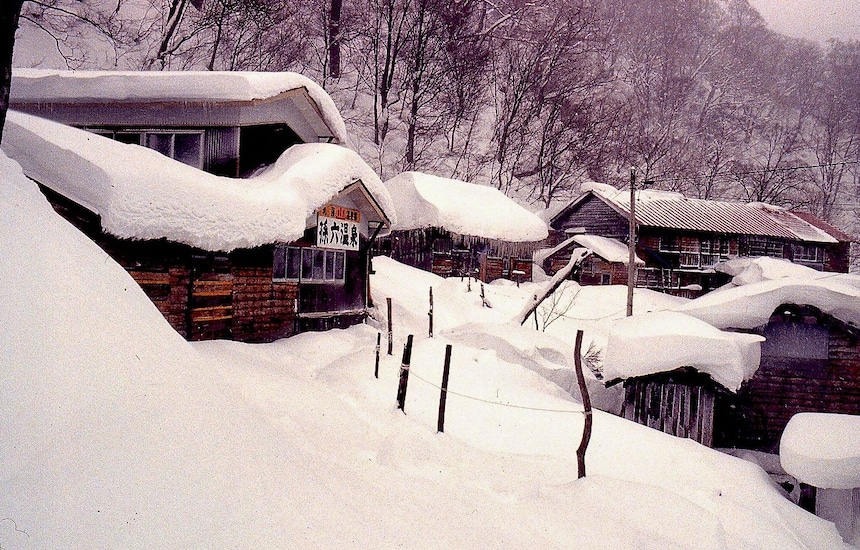
If you’ve ever experienced a soak in a hot outdoor spring, or rotenburo, in the middle of the snow, you’ll know the incredible sensation of extreme cold and heat on your body is an experience that’s hard to beat. We’ve found five of the best snow-covered hot spring destinations perfect for a weekend getaway.
1. Kita Onsen (Tochigi)
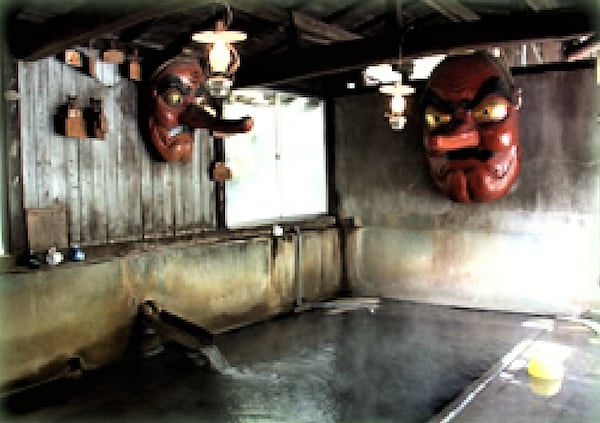
http://www.kitaonsen.com/mokuj.htm
If you’re looking for a little-known hot spring with gorgeous snow views not far from Tokyo, Kita Onsen is definitely the place to go. Hidden in a mountain valley and accessible only on foot, cars have to be parked a ten minute walk uphill from the tiny onsen town. While the baths here can be enjoyed throughout the year, the silence in winter as you approach the area is truly magical. Surrounded by wooden buildings from the Edo, Meiji and Showa Periods, a journey here is like stepping back in time.
The most famous of Kita Onsen Ryokan’s three baths is the hot spring swimming pool. The 15-by-10-meter (49 x 33-ft) bath has a unique water slide popular with children, and although it’s a mixed bath for use by both men and women, towels and bathing costumes can be worn. Another unique aspect is that swimming, usually taboo in hot spring culture, is accepted here.
2. Tamago-yu (Fukushima)

http://travel.rakuten.co.jp/HOTEL/67218/gallery.html#category00000002
The smell of sulfur in the area is a good sign of fresh hot spring activity and mineral-rich waters perfect for nurturing the skin. Tamago-yu, literally meaning egg spring, may sound a little off-putting, but the bathwater is said to give you slippery smooth skin like that of an egg. The waters here flow 100 percent direct from the hot spring source, which is the most sought-after type of onsen.
Tamago-yu is located inside a picturesque thatch-roofed hut. Filled with natural light during the day and lamplight by night, this hut was built in the Meiji Period (1868-1912).
3. Jigokudani Monkey Park (Nagano)
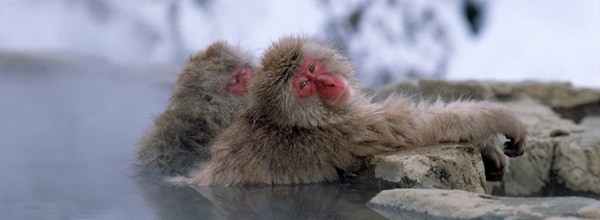
http://jnto.org.au/club-tourism-snow-monkeys-and-all-you-can-eat-crab/
The hot spring in Jigokudani, literally “hell’s valley,” is famous for being the only place in the world where monkeys can be seen bathing in hot springs. The family of Japanese macaques, commonly known as snow monkeys, draw thousands of tourists to the area every year.
When the monkeys come down to the spring from their homes in the mountains, they feed only on small seeds scattered by workers. Visitors aren’t allowed to feed or touch the wild animals, which means the monkeys run around without even acknowledging the people around them.
Korakukan Ryokan is just across the river from the monkey park. The outdoor spring at the inn is reserved for humans but monkeys often take a dip here too. The entire valley becomes a stunning snowscape in winter.
4. Yagen Onsen (Aomori)
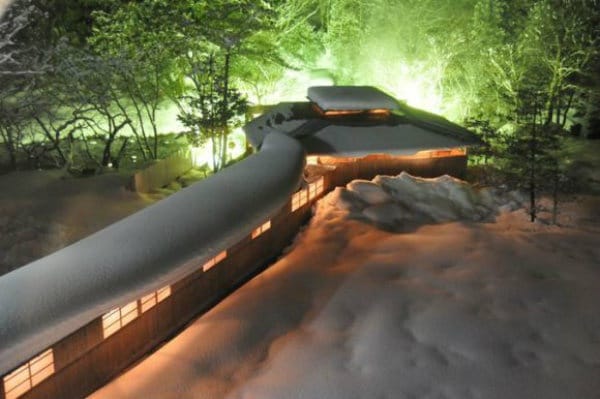
http://en.rocketnews24.com/2014/01/02/5-of-japans-most-unique-snow-covered-hot-spring-bathing-sites/
At the northernmost tip of the Japanese mainland lies a hot spring with a 400-year history. Easily accessed from Hotel New Yagen, it can be reached through a long corridor that goes through a national park and winds up at the side of a mountain stream.
While there are other outdoor onsen in the area, this one is popular as it provides some shelter from the cold while also being open to nature. Many visitors commend the fact that the return trip to their rooms is covered, which helps keep the warmth from their soak in their bodies.
5. Magoroku Onsen (Akita)
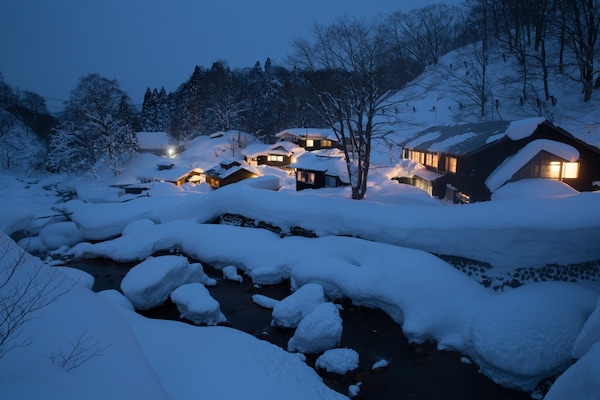
http://www.nyuto-onsenkyo.com/magoroku.html
Akita’s well-known Nyuto onsen town is famous as a hot spring destination, but one of its most beautiful springs is actually a secret, hidden spring known as Magoroku Onsen. Located deep in the mountains, the rustic inn on-site offers a series of baths along the river that send out plumes of steam, creating a beautiful atmosphere.
One of the baths inside a small hut is called Ishi no furo, or stone bath, and is said to be great at weather forecasting. If the water is muddy, there will be bad weather; if the water is clear, the weather will be fine.
The best way to fight the winter chill is with some warmth, and there’s no better place to get it than with a good, long soak in an outdoor tub!
Read full story: en.rocketnews24.com



